Unlike the more recognizable roles like strikers, midfielders, or defenders, the sweeper is a unique entity entrusted with an array of responsibilities that transcend the boundaries of traditional positional play.
The sweeper embodies the essence of a defensive commander, orchestrating the team’s backline and offering a safety net that instills a sense of stability and assurance among their teammates.
In this article, we look into the intricacies of the sweeper position in soccer, examining its origins, tactical significance, and the exceptional skill set required to excel in this role.
What does it mean to be a sweeper in soccer?
In the realm of soccer, the role of a sweeper encompasses a defensive player stationed strategically behind the defensive line, entrusted with the task of adeptly handling any balls that infiltrate that zone.
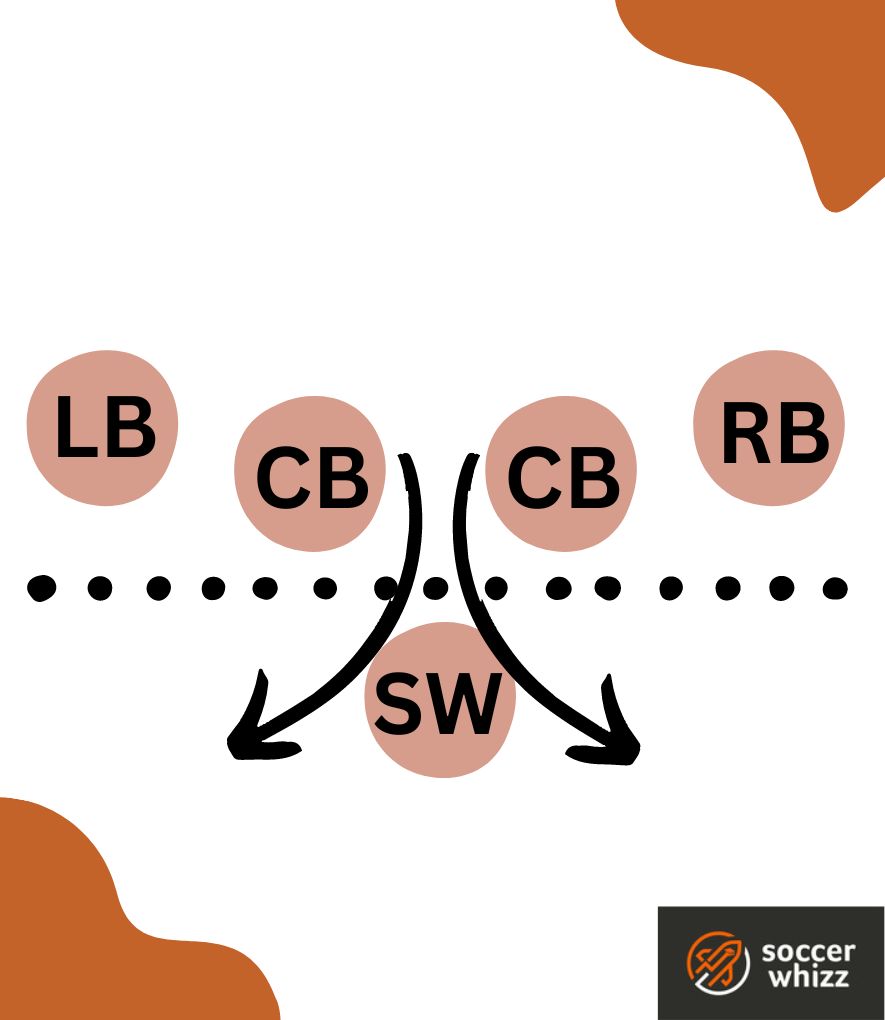
This position, often referred to as a libero (derived from the Italian word for “free”), assumes various interpretations depending on the tactical system employed by the team.
Nevertheless, its significance remains indisputable, as the sweeper serves as the vital linchpin within the heart of the defense.
Typically, these players possess exceptional intelligence on the field, demonstrating both their ball-playing prowess and invaluable leadership skills.
With the freedom to occupy different positions across the pitch, the soccer sweeper’s ability to drop in behind the defensive line provides crucial support to fellow defensive players while simultaneously posing a challenge for opponents attempting to mark them.
Furthermore, the sweeper often assumes the role of a deep-lying playmaker, serving as a catalyst for launching attacks and showcasing their skillful passing abilities throughout the entire expanse of the field.
The additional space they locate in the deeper areas of the soccer pitch proves immensely advantageous, enabling them to contribute significantly to their team’s offensive endeavors.
Where did the sweeper role come from?
The concept of the sweeper role has a rich history, originating in the 1930s and subsequently exerting a profound influence on European soccer throughout the 20th century.
Austrian coach Karl Rappan achieved remarkable success with his innovative “verrou” role while leading Swiss club Servette and the Swiss national team during the 1930s and 1940s.
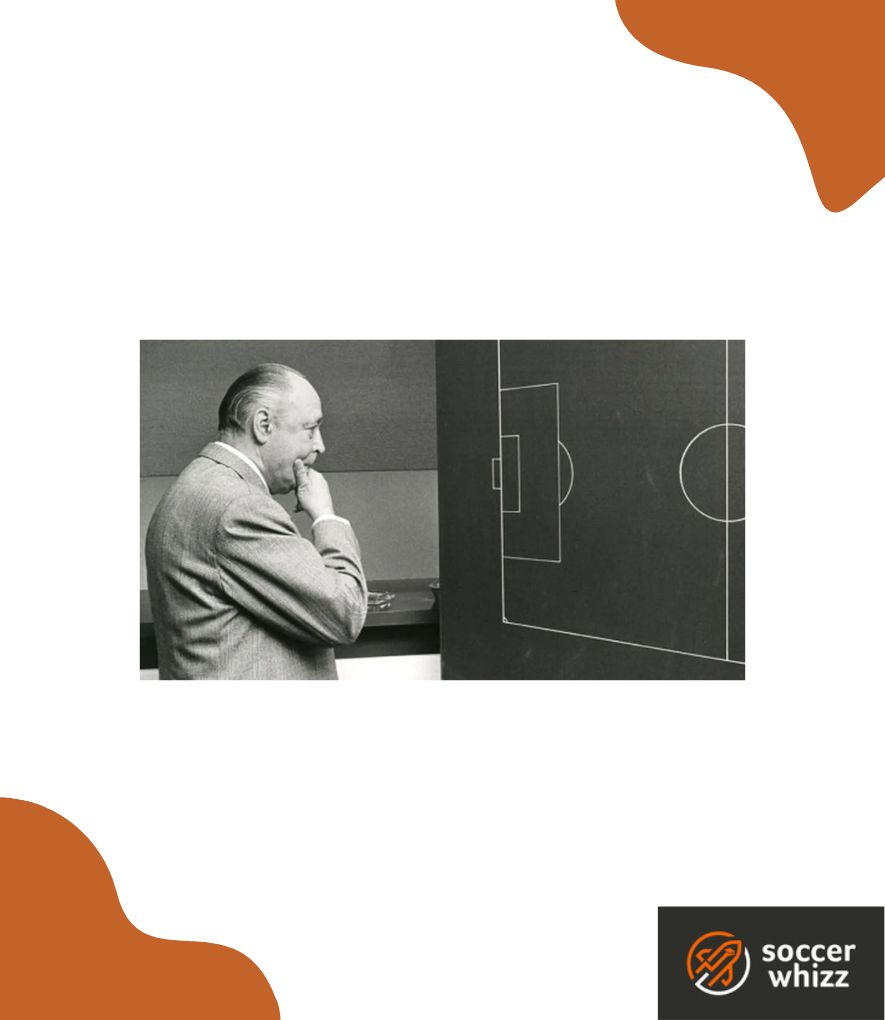
Rappan’s tactical approach involved deploying a central defender who operated deeper on the field, granting them the freedom to roam and swiftly neutralize any impending threats.
Simultaneously, Nereo Rocco, a prominent Italian coach, was introducing similar ideas at Triestina.

Rocco’s transformative work led to the development of Ivano Blason, widely regarded as the world’s first celebrated libero.
Rocco, considered one of the greatest managers of all time, later enjoyed triumphs with AC Milan, where he continued to implement similar tactical concepts.
It was during his illustrious tenure in Italian soccer that the term “catenaccio” (meaning “the chain”) emerged as an alternate reference to the sweeper role.
Helenio Herrera, an Argentine-French manager, also played a pivotal role in the evolution of the sweeper position.
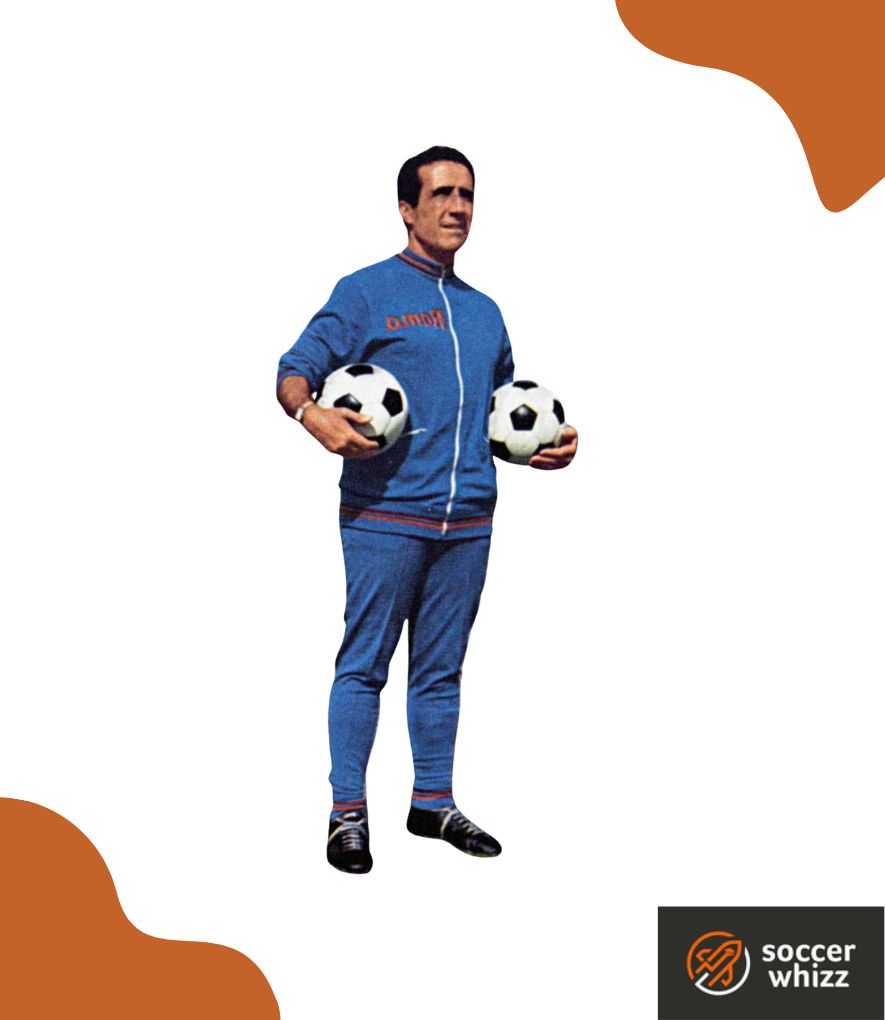
Notably, he achieved notable successes at Inter, the other Milanese powerhouse.
Herrera’s teams emphasized the integral role of the catenaccio in their style of play.
In the early days of the sweeper role, it was typically the half-back (a precursor to the central defensive midfielder position) who would drop deeper into the defensive space to fulfill the sweeping duties.
However, as the role developed over time, the specific types of players most closely associated with the position underwent changes.
Which key traits are required to play the sweeper role effectively?
The sweeper role is a unique one in that it demands a lot of players in terms of the physical, technical and mental qualities needed to successfully play it.
Here are a few of those needed qualities:
1. Game awareness
Arguably the most crucial facet of this position is a strong ability to be able to predict where the ball is going to end up and get there in time to impact its course.
Sniffing out danger in this way, which often means expecting your teammates to make a mistake, is essential to the soccer sweeper role.
2. Timing mastery
Merely foreseeing unfavorable scenarios and moving towards gaining possession of the ball is inadequate – precise judgment of the opportune moment is essential.
As the final line of defense, impeccable timing is crucial, as a misstep or fouling an opponent can lead to highly precarious situations.
3. Tackling prowess
While intercepting and collecting the ball in open spaces is a common duty in the sweeper’s arsenal, proficient tackling skills are equally vital.

Sweeper defenders must possess the ability to cleanly and effectively dispossess opponents, especially if they have a propensity for advancing into midfield areas.
4. Effective communication
Successful communication with fellow defensive teammates stands as another crucial element of the sweeper role.
Constant and clear dialogue is imperative to ascertain proper positioning, as the sweeper’s role extends beyond the traditional backline, necessitating effective coordination to avoid obstructing teammates.
5. Passing proficiency
An in-depth exploration of the sweeper position underscores the significance of passing abilities.

A soccer sweeper must display versatility in executing a diverse range of passes, like short distributions to fellow defenders or a sweeper keeper venturing off their line, or long, precise deliveries to midfielders, wingers, or forwards.
Initiating attacks from deep positions by delivering the ball into open spaces serves as a splendid technique for a libero.
Which players are regarded as the best sweepers in soccer history?
Brace yourself for some names you may not have heard of before!
Here are some of soccer’s greatest ever sweeper players:
Ivano Blason
Italian defender Ivano Blason holds the distinction of being recognized as the inaugural revered libero.
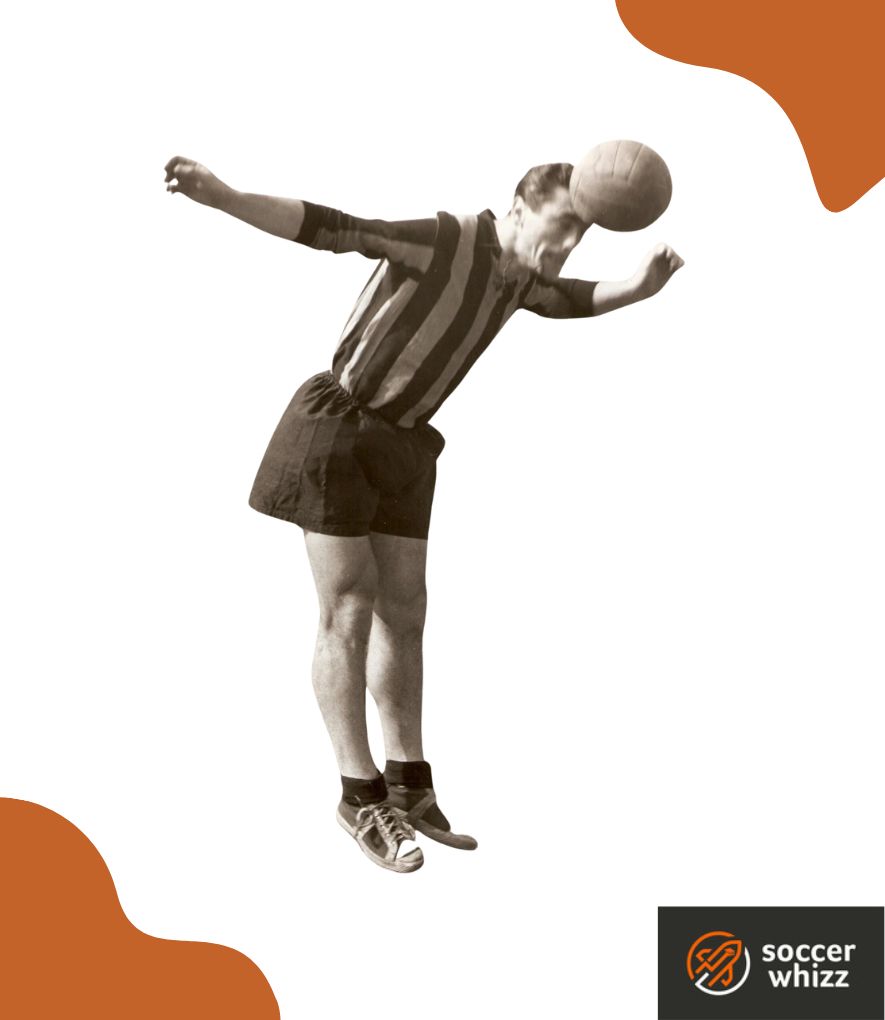
With a career spanning over two decades, Blason showcased his skills at notable clubs including Triestina, Inter Milan, and Padova.
His contributions during the 1930s, 40s, and 50s in Italy laid the groundwork for the development of the sweeper role.
Bobby Moore
Bobby Moore, the iconic English captain who lifted the World Cup, stands as an immense figure in the sport.
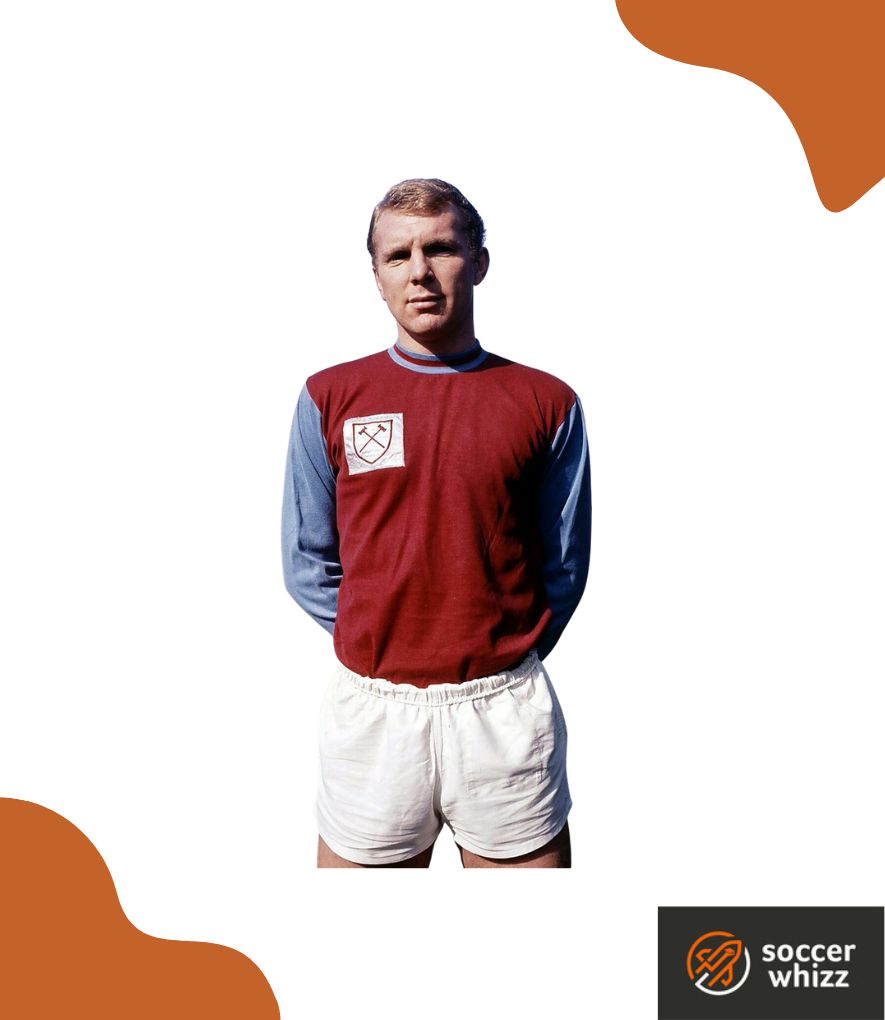
Praised by Pele as the finest defender he ever faced, Moore transcended the conventional sweeper role, epitomizing the ball-playing center-back archetype while exhibiting robust tackling and exceptional leadership qualities.
Franz Beckenbauer
Renowned as one of the most remarkable sweeper players in history, Franz Beckenbauer from Germany left an indelible mark on the game.
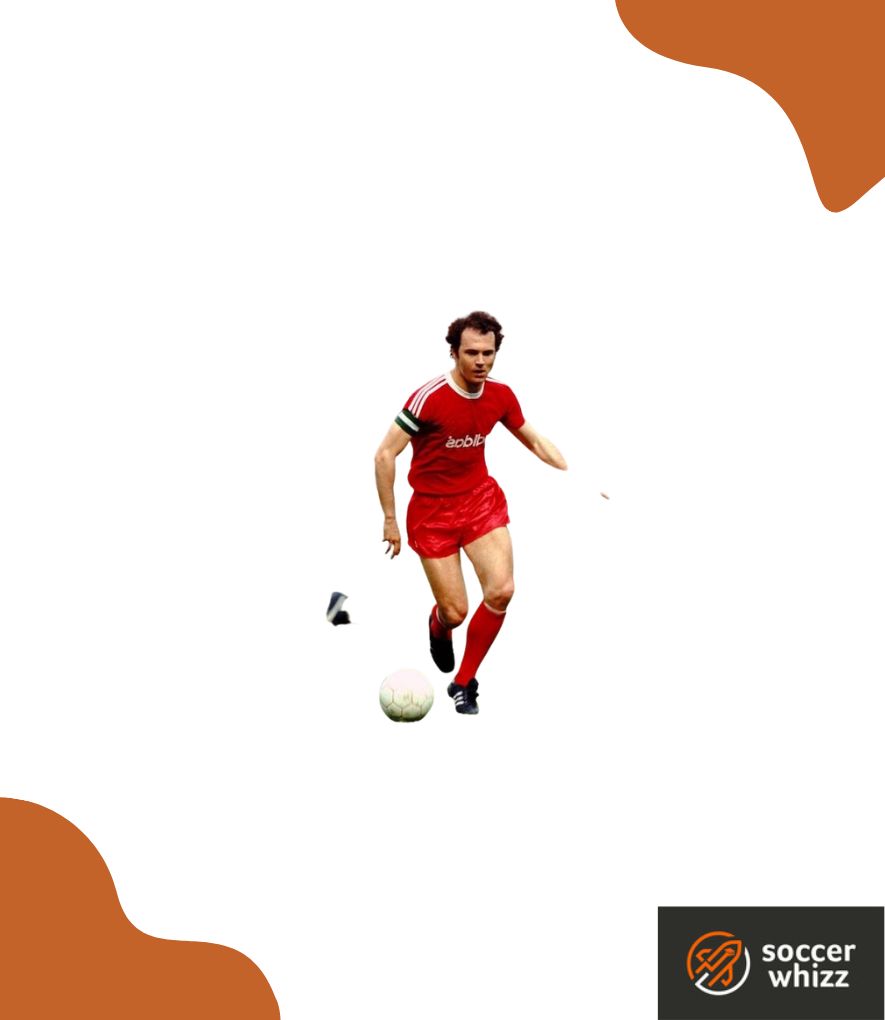
With elegance, dominance, and exceptional technical ability, Beckenbauer achieved remarkable success during the 1960s and 70s.
Within Bayern Munich’s tactical framework, often employing a fluid 4-3-3 system, Beckenbauer enjoyed the freedom to roam both forward and backward, often assuming the role of a midfielder.
Are there any examples of sweeper players in the modern game?
As a matter of fact, there are!
Have a look at the list of sweeper stalwarts below:
Sergio Busquets
Sergio Busquets, the Spanish midfielder, has played a pivotal role in redefining the traditional concept of a sweeper.

With his exceptional positional sense and ability to read the game, Busquets revolutionized the role by seamlessly transitioning from defensive duties to initiating attacking plays.
His intelligent decision-making, impeccable passing range, and composure on the ball have elevated the sweeper position to new heights, as he acts as a deep-lying playmaker, dictating the rhythm of the game from a withdrawn position.
Manuel Neuer
Manuel Neuer, the German goalkeeper, has transcended the traditional boundaries of his position to revolutionize the concept of the sweeper-keeper.

Neuer’s exceptional ability to read the game and anticipate danger has transformed the role of a goalkeeper, as he frequently ventures out of his penalty area to act as a sweeper, clearing potential threats and starting counter-attacks.
Hugo Lloris
Hugo Lloris, the French goalkeeper, has brought his own unique style and impact to the sweeper-keeper role.
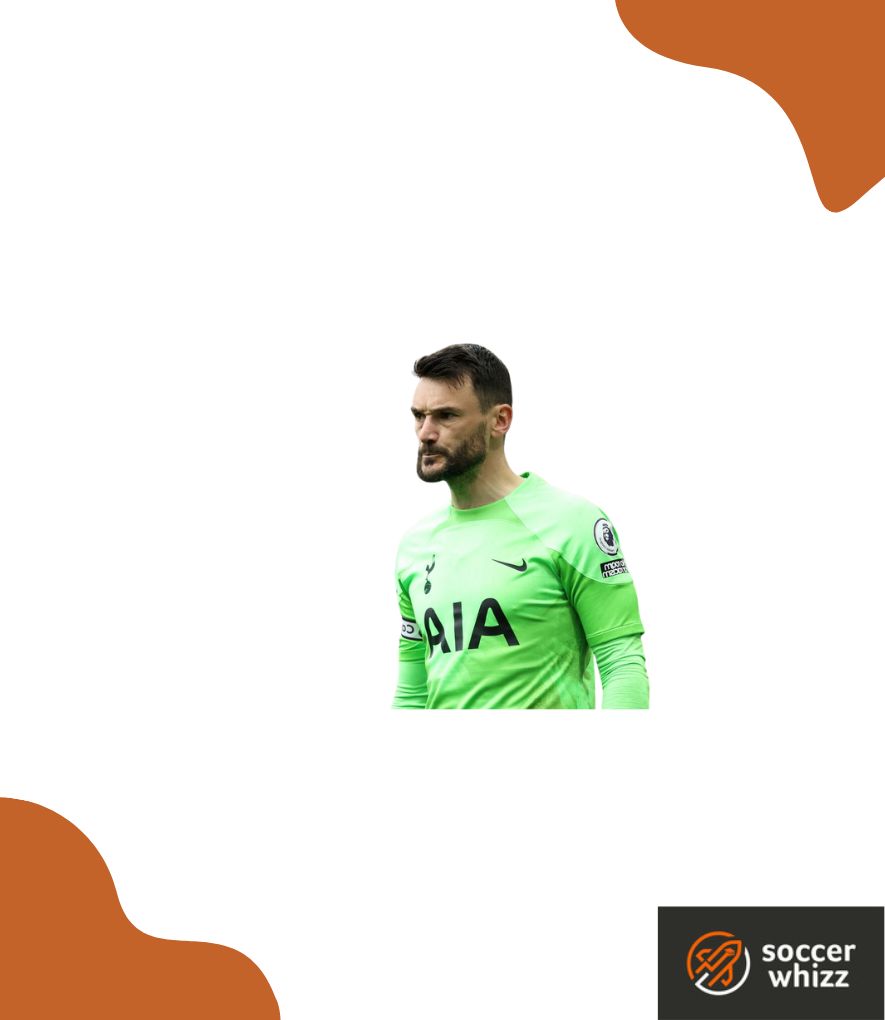
Lloris’ agility, speed, and decision-making abilities have allowed him to act as a sweeping presence, thwarting opposition attacks by rushing out of his goal to intercept loose balls or nullify one-on-one situations.
Final thoughts
Overall, the sweeper position in soccer holds a significant place in the sport’s history and evolution.
From its early development in the 1930s to its transformation by notable figures such as Ivano Blason, Bobby Moore, and Franz Beckenbauer, the role of a sweeper has been reshaped and reimagined over time.
Today, players like Sergio Busquets, Manuel Neuer, and Hugo Lloris continue to revolutionize the sweeper position, pushing the boundaries and expanding the possibilities within their respective roles.
As the game continues to evolve, the role of a sweeper will likely undergo further transformation, adapting to the tactical demands and innovative approaches of future generations.
For further information on some of soccer’s most interesting tactical concepts, have a look at our thought piece on what the false 9 position is all about or our analysis of a soccer fullback.
If you enjoy the content that I create and would like to buy me a coffee, then I’d really appreciate it!
Any money that I earn through this donation will be re-invested into more content for this website.
Additionally, by sending in a donation you’ll also receive a copy of my recently released 190+ page eBook on Soccer Ball Care, as well as be subscribed to our mailing list where you’ll be regularly informed on the latest developments concerning the Soccer Whizz blog.
- Future Icons: Europe’s Emerging Midfield Maestros Set for Glory - December 4, 2023
- Kickstarting a Revolution: How Soccer Transformed the United States Over the Last Four Years - October 7, 2023
- 4-1-4-1 Soccer Formation [Analysis] - September 23, 2023

